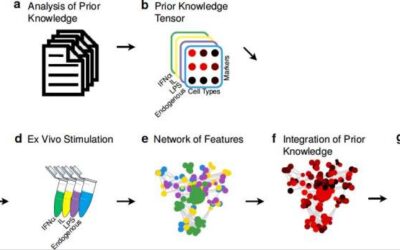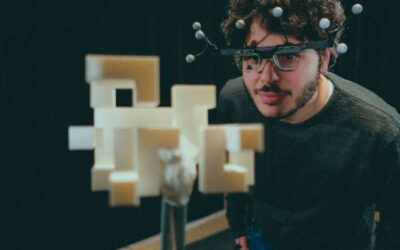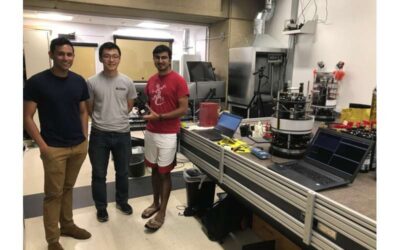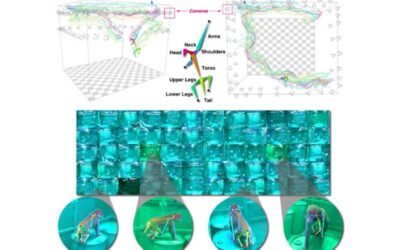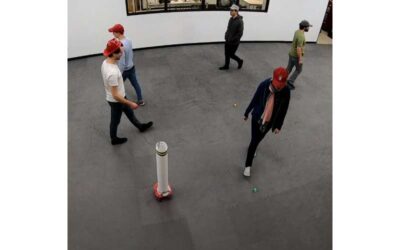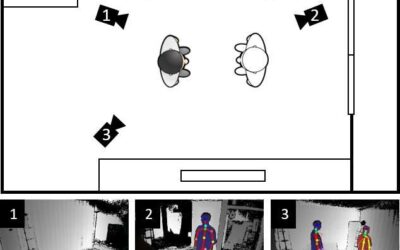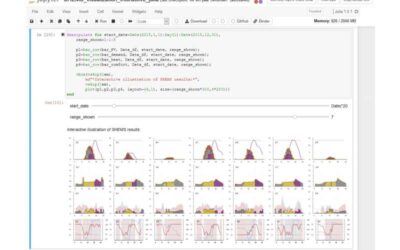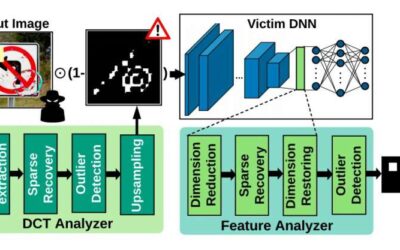The complex network of interconnected cellular signals produced in response to changes in the human body offers a vast amount of interesting and valuable insight that could inform the development of more effective medical treatments. In peripheral immune cells, these...
TECHXPLORE
PESAO: An experimental setup to evaluate the perceptions of freely moving humans
Humans regularly tackle and solve a variety of complex visuospatial problems. In contrast, most machine learning and computer vision techniques developed so far are designed to solve individual tasks, rather than applying a set of capabilities to any task they are...
A gecko-adhesive gripper for the Astrobee free-flying robot
Robots that can fly autonomously in space, also known as free-flying robots, could soon assist humans in a variety of settings. However, most existing free-flying robots are limited in their ability to grasp and manipulate objects in their surroundings, which may...
OpenMonkeyStudio: A deep-learning-based system to estimate 3-D poses of freely moving macaques
To gain a better understanding of human behavior and cognition, as well as their neural underpinnings, researchers often study other mammals with similar characteristics. One of the most common species examined in these studies is the rhesus macaque, a type of...
A virtual reality game that integrates tactile experiences using biometric feedback
Over the past few decades, technological advances have enabled the development of increasingly sophisticated, immersive and realistic video games. One of the most noteworthy among these advances is virtual reality (VR), which allows users to experience games or other...
Pilot: A virtual agent that can negotiate with humans
Negotiations are a central part of many human interactions, ranging from business discussions and legal proceedings to conversations with vendors at local markets. Researchers specialized in economics, psychology, and more recently, computer science have conducted...
A framework to increase the safety of robots operating in crowded environments
Humans are innately able to adapt their behavior and actions according to the movements of other humans in their surroundings. For instance, human drivers may suddenly stop, slow down, steer or start their car based on the actions of other drivers, pedestrians or...
AIR-Act2Act: A dataset for training social robots to interact with the elderly
To interact with humans and assist them in their day-to-day life, robots should have both verbal and non-verbal communication capabilities. In other words, they should be able to understand both what a user is saying and what their behavior indicates, adapting their...
A home energy management system to achieve optimal control of heat pumps and photovoltaics
Over the past few decades, researchers worldwide have developed a growing amount of systems that can produce renewable energy, such as solar, wind or hydroelectric energy. While some companies and individuals have already started adopting these technologies, a...
CLEANN: A framework to shield embedded neural networks from online Trojan attacks
With artificial intelligence (AI) tools and machine learning algorithms now making their way into a wide variety of settings, assessing their security and ensuring that they are protected against cyberattacks is of utmost importance. As most AI algorithms and models...

